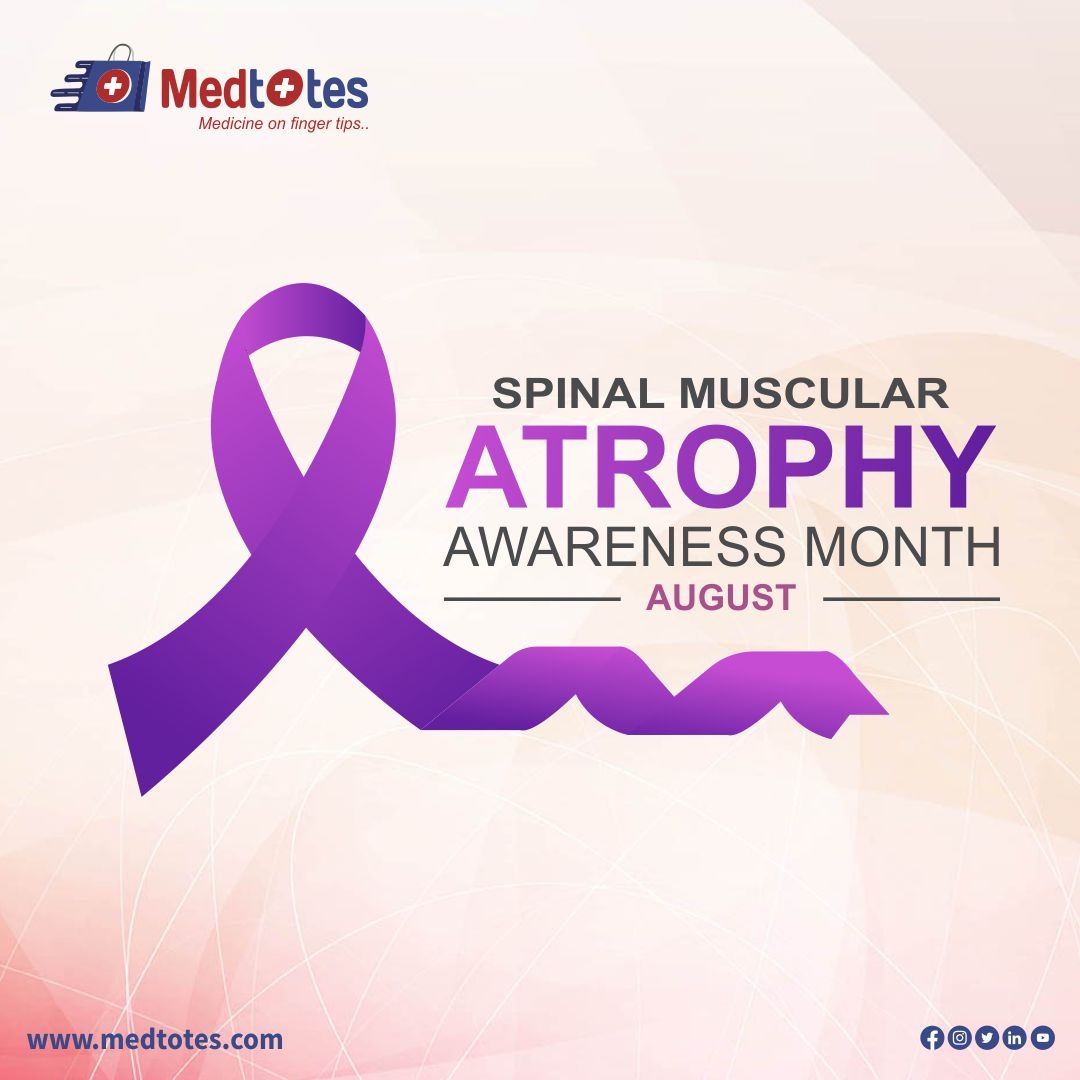I. INTRODUCTION
Awareness of SMA was raised in the month of August, which is recognized as Spinal Muscular Atrophy Awareness Month. This annual event aims to educate the public about SMA, a rare genetic condition that affects the muscles required for mobility. Throughout the month, numerous activities and initiatives are planned to increase understanding and support for those living with SMA and their families. SMA, or spinal muscular atrophy, is a hereditary condition that damages the motor neurons in the spinal cord. These motor neurons are in charge of directing the body’s voluntary muscles, such as those involved in crawling, walking, swallowing, and breathing. SMA is defined by the gradual degeneration and loss of motor neurons, which results in muscular weakening and atrophy. It is an uncommon disorder that affects around one in every 10,000 births, with variable degrees of severity depending on the SMA variant.
II. WHAT IS SPINAL MUSCULAR ATROPHY ?
SMA is a hereditary condition caused by a mutation in the survival motor neuron 1 (SMN1) gene. This gene is in charge of manufacturing a protein that is required for the survival and maintenance of motor neurons. Motor neurons eventually degrade without this protein, resulting in muscular weakness and atrophy. SMA can present in a variety of ways, ranging from severe instances that can be life-threatening in infancy to milder variants with later start and slower development. Early detection and intervention are critical in controlling SMA and increasing the quality of life for those afflicted by the illness.
III. SIGNS, SYMPTOMS, AND DIAGNOSIS
- Muscle weakness and atrophy are the major symptoms of SMA.
- Infants with severe SMA may have trouble breathing and eating.
- Milder instances may show delayed motor milestones such as trouble sitting or crawling.
- SMA is normally diagnosed by genetic testing to discover mutations in the SMN1 gene.
- Additional tests, such as electromyography and muscle biopsy, may be conducted to measure motor neuron function and confirm the diagnosis.
IV. TREATMENT AND MANAGEMENT
- Since there is currently no cure for SMA, there are numerous therapeutic options available to control symptoms and enhance quality of life for those suffering with the disorder.
- One of the most common techniques is supportive care, which focuses on addressing each individual’s unique needs as well as managing their symptoms and problems.
- Physical treatment to maintain muscular strength and mobility, respiratory therapy to support breathing function, and nutritional care to ensure proper food and development may all be included.
- Medication such as nusinersen or onasemnogene abeparvovec may be used in some circumstances to help enhance output.
V. CONCLUSION
Despite the lack of a cure for genetic disorders, supportive care and medical interventions can significantly improve their quality of life. These interventions address individual needs and manage symptoms, while medication like nusinersen or onasemnogene abeparvovec can enhance overall well-being. With advancements in medical research and technology, more effective treatments may be developed in the future.

